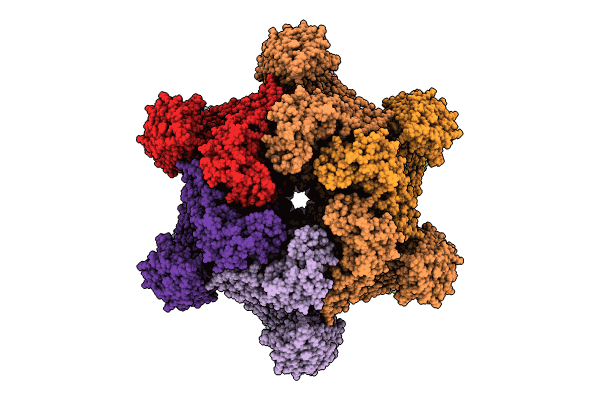
Deposition Date
2024-06-21
Release Date
2024-09-11
Last Version Date
2024-09-18
Method Details:
Experimental Method:
Resolution:
3.54 Å
Aggregation State:
PARTICLE
Reconstruction Method:
SINGLE PARTICLE


